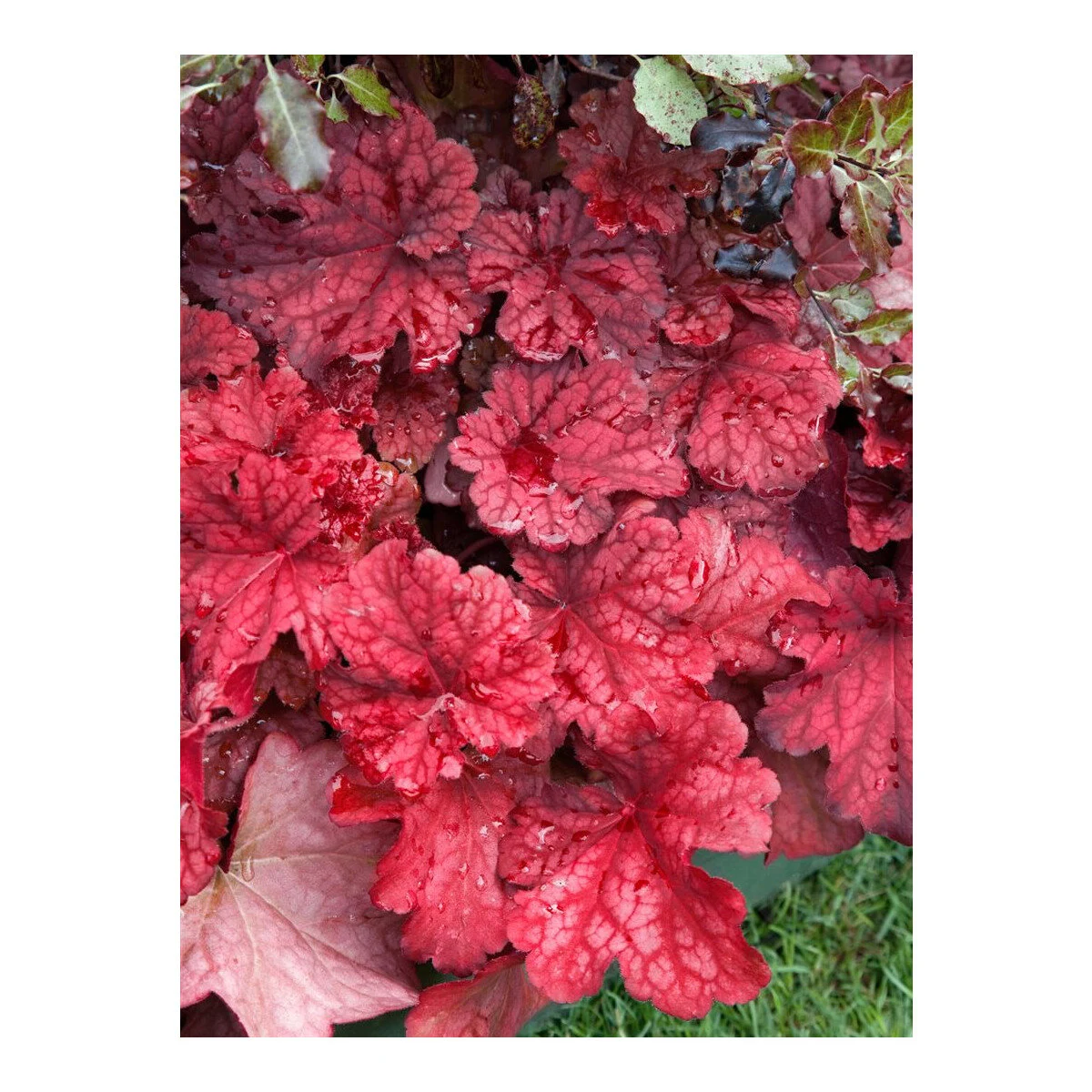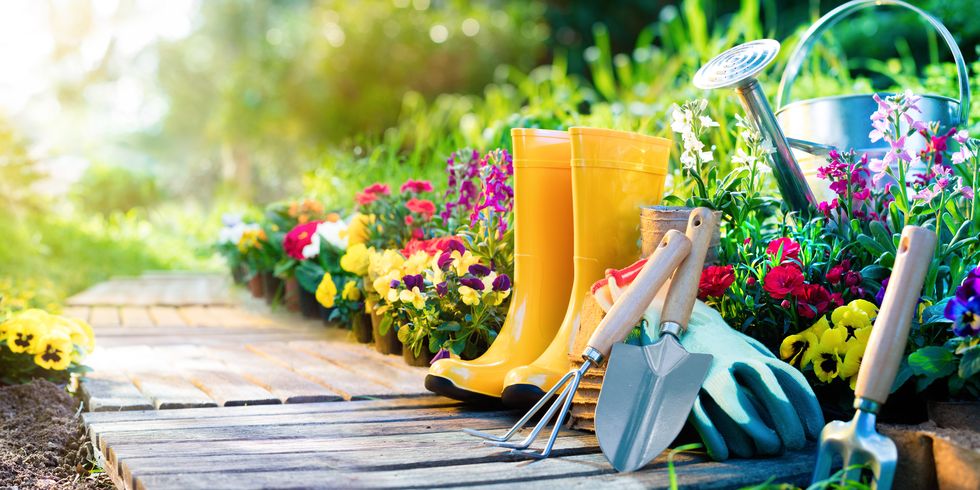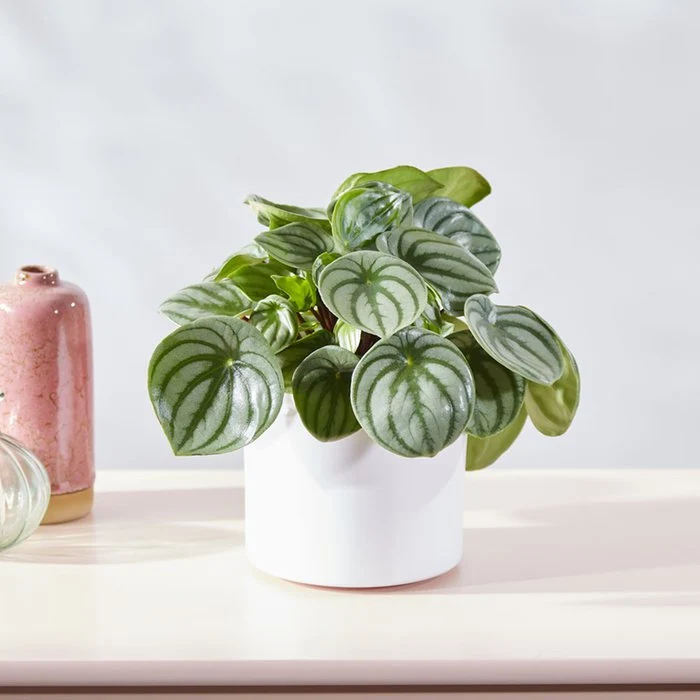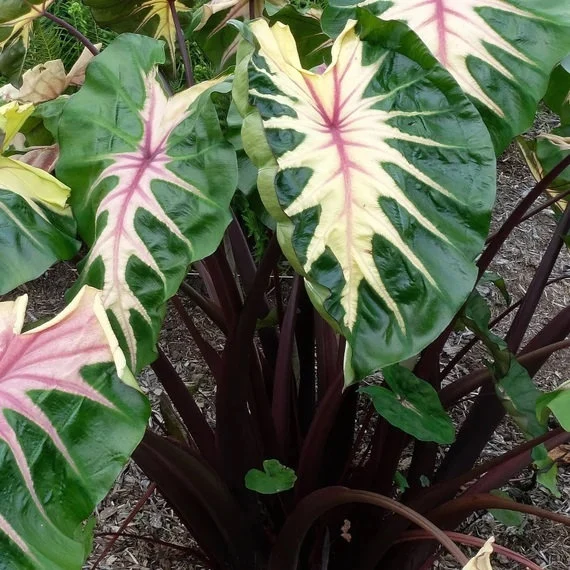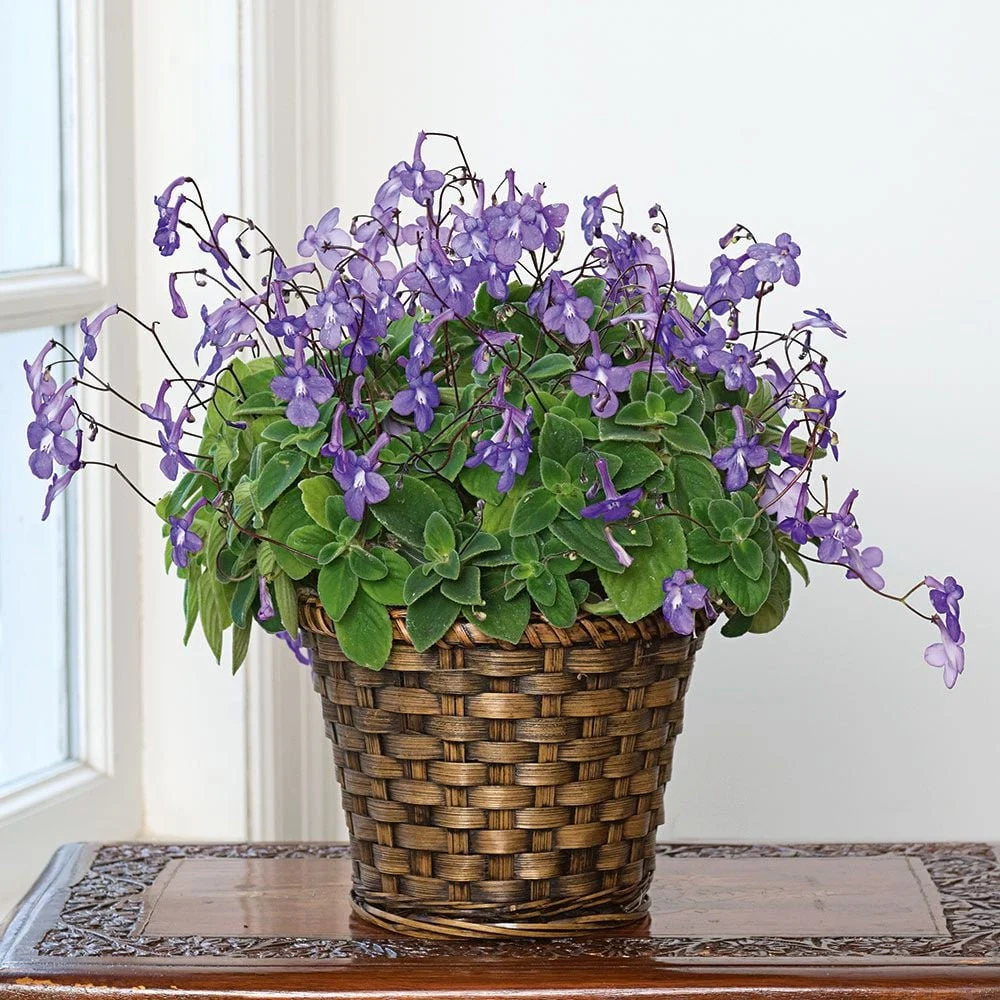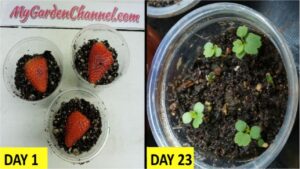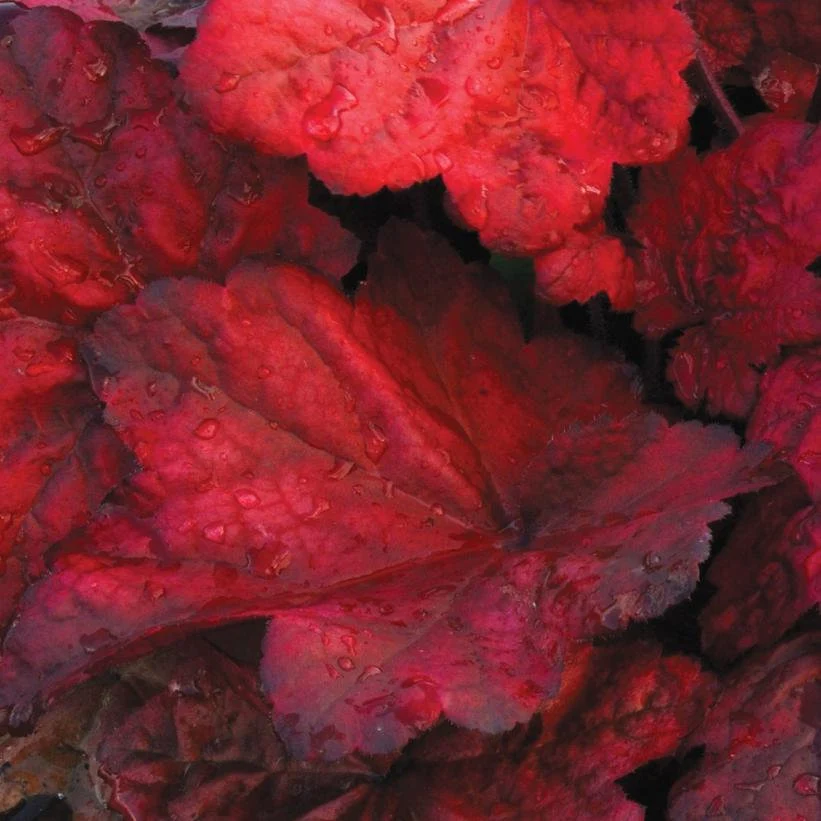
Autumn Leaves Heuchera (Heuchera ‘Autumn Leaves’), commonly known as Coral Bells, is a striking perennial known for its ever-changing foliage that shifts from red in spring to caramel in summer and deep ruby in fall. This versatile plant is a favorite among gardeners for its ability to thrive in a variety of conditions while providing vibrant color year-round. This guide will cover all aspects of caring for Autumn Leaves Heuchera to help ensure its health and longevity in your garden.
1. Understanding Autumn Leaves Heuchera
Growth Characteristics
- Scientific Name: Heuchera ‘Autumn Leaves’
- Common Name: Autumn Leaves Coral Bells
- Plant Type: Herbaceous Perennial
- Mature Height: 8-12 inches
- Mature Spread: 12-18 inches
- Growth Rate: Moderate
- Flowering Season: Late spring to early summer
- Foliage Color: Red in spring, caramel in summer, ruby in fall
- Flowers: Small pink or white bell-shaped blooms on tall scapes
Climate and Hardiness
- USDA Hardiness Zones: 4-9
- Temperature Tolerance: Cold-hardy and heat-tolerant with proper care
- Humidity Preferences: Prefers moderate humidity, can tolerate higher levels with good air circulation
2. Planting and Soil Requirements
Ideal Planting Time
- Best planted in early spring or fall to establish strong roots before extreme weather conditions.
- Can be grown from nursery transplants or divisions.
Soil Preferences
- Prefers rich, well-draining soil with moderate moisture.
- Thrives in loamy or sandy soil but can tolerate clay if amended with organic matter.
- Soil pH should be between 5.5 and 7.0 for optimal growth.
Planting Depth and Spacing
- Dig a hole twice as wide and as deep as the root ball.
- Space plants 12-18 inches apart to allow room for mature spread.
- Backfill with soil, water thoroughly, and apply a layer of mulch to retain moisture.
3. Light and Watering Requirements
Sunlight Needs
- Prefers partial shade to full sun, depending on climate.
- In cooler regions (zones 4-6), can tolerate more sun.
- In warmer climates (zones 7-9), requires more shade to prevent leaf scorch.
Watering Schedule
- Requires moderate watering; keep soil evenly moist but not soggy.
- Water once a week during dry periods and more frequently in extreme heat.
- Mulch around the base to retain moisture and regulate temperature.
4. Fertilization and Nutrient Requirements
Best Fertilizer Choices
- Apply a balanced, slow-release fertilizer (10-10-10 or 14-14-14) in early spring.
- Organic options like compost or well-rotted manure enrich soil health.
Feeding Schedule
- Fertilize once in early spring when new growth emerges.
- A second feeding in mid-summer encourages healthy foliage and flower production.
- Avoid excessive nitrogen, which can reduce vibrancy in foliage color.
5. Pruning and Maintenance
Cutting Back and Trimming
- Trim off old or damaged leaves in early spring before new growth appears.
- Remove spent flower stalks after blooming to encourage continued foliage growth.
- Light pruning throughout the growing season keeps the plant tidy.
Dividing and Rejuvenation
- Divide plants every 3-4 years to prevent overcrowding and rejuvenate growth.
- Best divided in early spring or fall.
- Replant divisions immediately, ensuring proper spacing.
6. Propagation Methods
Growing from Seeds
- Collect seeds from mature flower heads in late summer.
- Sow indoors 6-8 weeks before the last frost date, keeping soil moist and warm.
- Transplant outdoors when seedlings are 4-6 inches tall.
Propagation by Division
- Dig up the plant carefully in early spring or fall.
- Use a sharp spade or knife to separate root clumps.
- Replant divisions immediately and water thoroughly.
7. Pest and Disease Management
Common Pests
- Aphids: Can be controlled with neem oil or insecticidal soap.
- Vine Weevils: Larvae feed on roots; use beneficial nematodes to manage infestations.
- Slugs and Snails: Feed on young leaves; deter with diatomaceous earth or copper tape.
Common Diseases
- Powdery Mildew: Fungal disease appearing as white powder; treat with fungicide.
- Leaf Spot: Causes brown lesions; remove affected foliage and improve air circulation.
- Root Rot: Result of overwatering; ensure well-draining soil.
8. Seasonal Care and Overwintering
Spring and Summer Care
- Provide consistent moisture and apply fertilizer.
- Monitor for pests and diseases, taking preventive action as needed.
- Trim dead foliage to encourage fresh growth.
Fall and Winter Care
- Allow foliage to remain through winter for added garden interest.
- In colder regions, apply a layer of mulch around the base to insulate roots.
- Remove dead foliage in early spring before new growth emerges.
9. Landscaping Uses and Companion Plants
Landscape Applications
- Borders: Adds vibrant color and texture to shaded garden edges.
- Mass Plantings: Creates striking ground cover with changing hues.
- Containers: Ideal for patios, balconies, and shaded entryways.
Companion Plants
- Hostas: Complement Heuchera’s foliage with larger, contrasting leaves.
- Ferns: Provide a soft, feathery texture alongside Heuchera.
- Astilbe: Adds height and delicate blooms to shade gardens.
Try Checking Out Our Other Guides!
Search
Social
Proudly powered by WordPress

